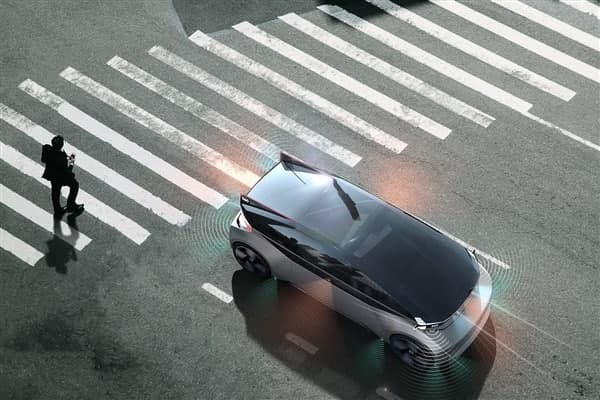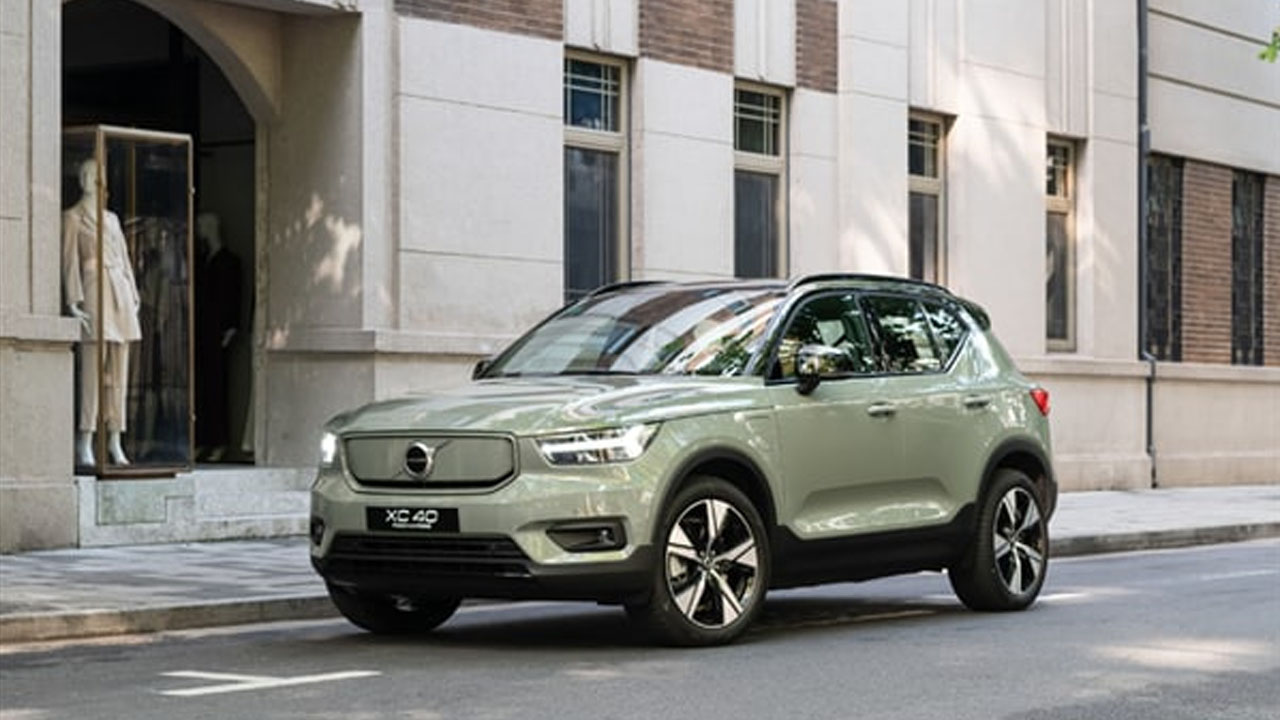In the field of auto-driving cars, although Tesla is the undisputed leading brand, Volvo started earlier in the study of auto-driving cars.
Additionally, Volvo, which is more cautious, will pay more attention to the safety of autonomous driving, and at the same time, continuously develop and enhance its system safety performance through a variety of ways.
As per the report, Volvo Cars recently said that in order to promote road safety, future self-driving cars may communicate with surrounding pedestrians and cyclists through humanized modes such as intuitive sounds and flashing lights.
This design scheme not only simply uses sensors to avoid obstacles, but the vehicle itself can also use various sounds and lights to warn and communicate with nearby pedestrians.

Volvo is developing the system on its 360C autonomous driving concept car launched in 2018. The concept car has become a platform for testing innovative systems such as safe communication technology.
Mikael Ljung Aust, senior technical director of collision avoidance at Volvo Car Safety Center, said: What we really want to provide for self-driving cars is a body language that everyone can understand.
All we really need are three to four voices that can tell others what the vehicle will do. One of these sounds can tell the driver or pedestrians near the vehicle what the intention of the vehicle is, such as saying “I don’t plan to move anymore.”
Such self-driving cars can indicate that they are standing still by emitting low-pitched, slowly oscillating pulses.
At the same time, in order to remind pedestrians, Volvo is studying marine ultrasonic technology, which can emit a ‘pop sound’ that only nearby people can hear, similar to the sonar of a submarine.
In addition, as a supplement to the sound technology, there are light-emitting strips on both sides of the 360C concept car.
Through the light-emitting strips, they can tell other road participants that the vehicle has seen them, thereby knowing the intention of the car or pedestrian.

Volvo stated that this technology will help them drive on roads that have been approved for autonomous driving and can also be used on other ordinary roads.
(Via)












